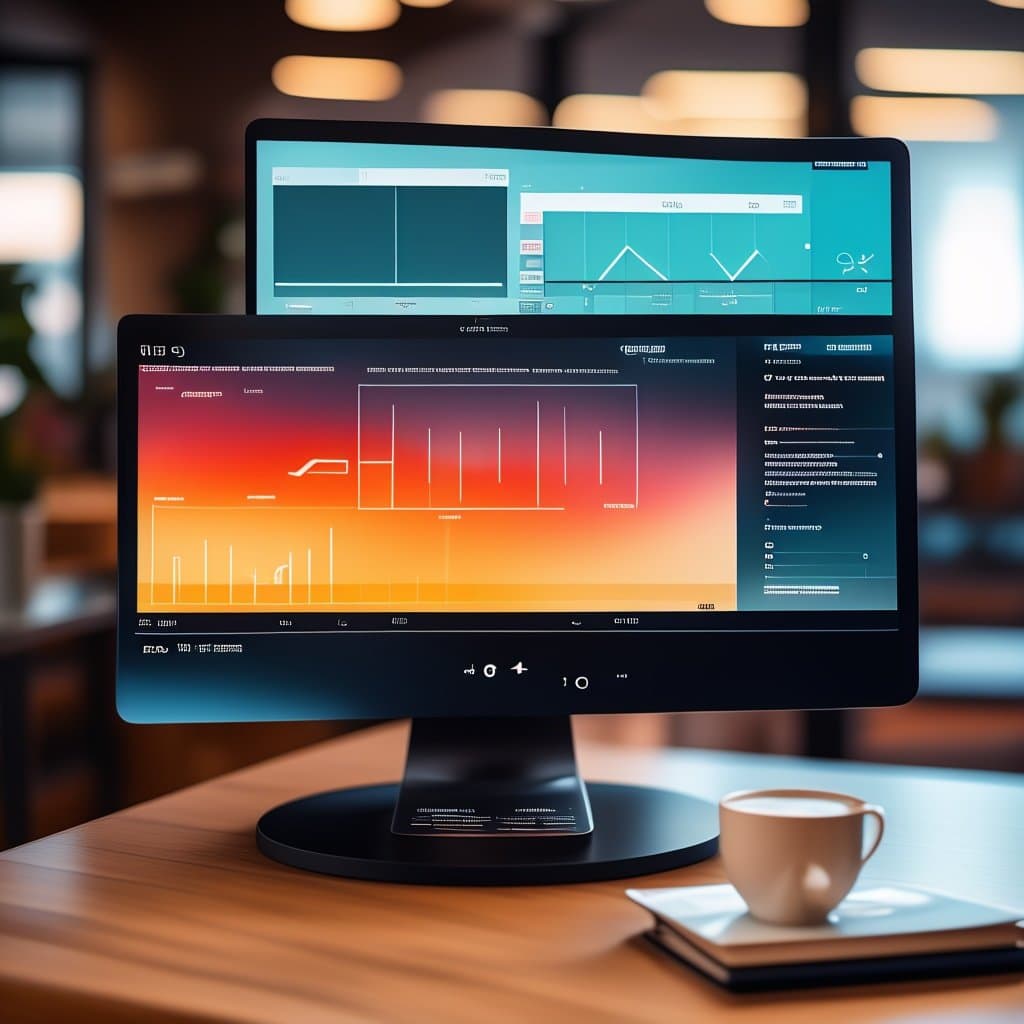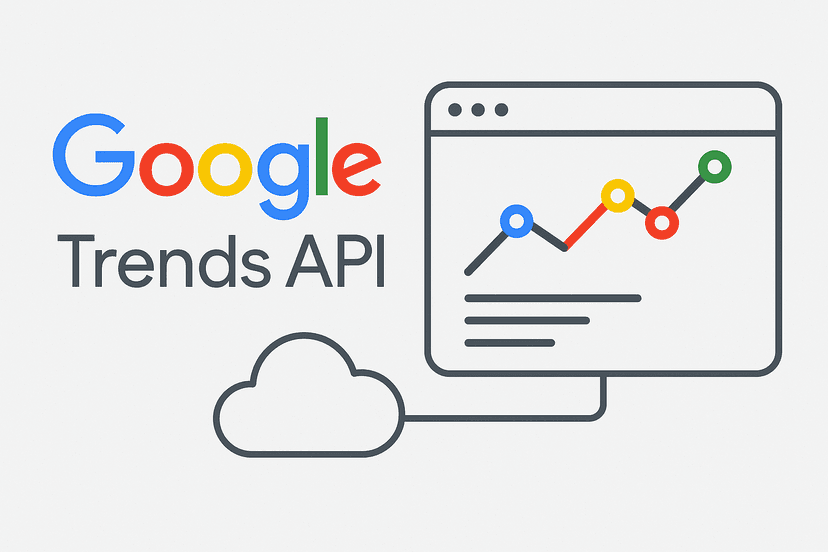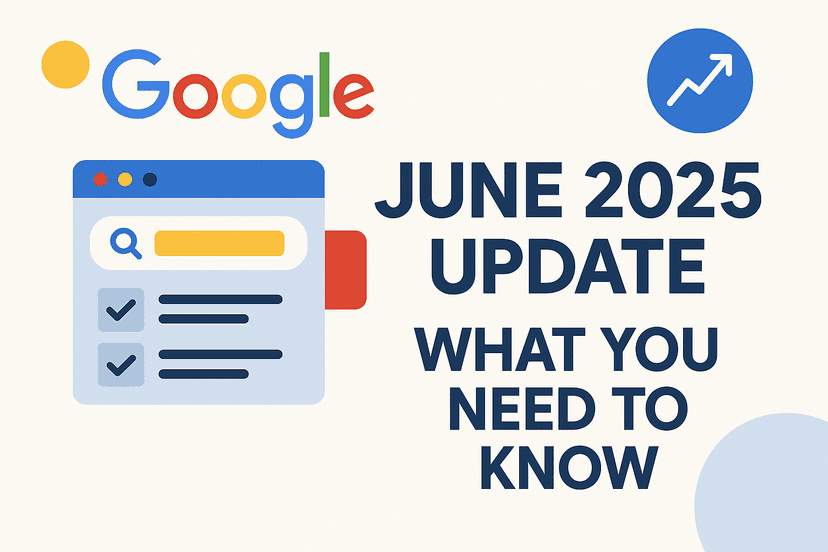In the competitive world of Software as a Service (SaaS), customer acquisition costs can make or break your business model. While organic growth strategies are valuable, pay-per-click (PPC) advertising—particularly Google Ads for SaaS companies—offers a direct route to qualified leads who are actively searching for solutions like yours.
However, simply throwing money at PPC campaigns isn’t enough. SaaS marketing requires a strategic approach that aligns with your unique business model, sales cycle, and customer journey.
In this comprehensive guide, we’ll explore five battle-tested PPC SaaS tactics that can dramatically improve your conversion rates while optimizing your ad spend. These strategies have been refined through millions in ad spend across numerous SaaS verticals, from productivity tools to enterprise solutions.
Whether you’re just starting with Google Ads for your SaaS business or looking to optimize existing campaigns, these tactics will help you generate more qualified leads and convert them into paying customers more efficiently.
The Unique Challenges of SaaS Marketing in PPC
Before diving into specific tactics, it’s important to understand what makes SaaS marketing different from other industries when it comes to PPC advertising.
Longer Sales Cycles
Unlike e-commerce products where purchases can happen in minutes, SaaS solutions often involve longer decision-making processes. Prospects might need to:
This extended sales cycle means your PPC strategy needs to nurture leads over time rather than focusing solely on immediate conversions.
Value-Based Pricing Models
Many SaaS companies utilize subscription-based pricing models with different tiers. This creates complexity in measuring the true value of a conversion, as a lead might sign up for a basic plan initially but upgrade to an enterprise solution months later.
Technical Complexity
SaaS products often solve complex problems and require explanation. Communicating your value proposition within the limited space of a PPC ad presents a unique challenge that requires precision and clarity.
High Customer Lifetime Value
The subscription nature of SaaS means customers provide value over extended periods. This can justify higher customer acquisition costs compared to one-time purchase businesses, but requires careful lifetime value calculations to determine profitable PPC bidding strategies.
Now, let’s explore the five proven tactics that address these unique challenges and can transform your PPC SaaS marketing efforts.
Tactic 1: Strategic Channel Evaluation and Budget Allocation
One of the biggest mistakes SaaS companies make is treating their PPC budget allocation as a “set it and forget it” decision. The digital advertising landscape evolves rapidly, and what worked six months ago might not be your most effective channel today.
Regular Performance Analysis
Instead of arbitrarily dividing your budget between platforms (like 50% Google, 30% LinkedIn, 20% Facebook), implement a data-driven approach:
- Conduct monthly cross-channel performance reviews
- Track key metrics beyond just cost-per-conversion (quality of leads, conversion to paid accounts, long-term customer value)
- Identify which channels deliver the highest quality leads for specific customer segments
- Adjust budget allocations based on actual performance data
Diversification Strategy
While Google Ads remains the cornerstone of most SaaS PPC strategies due to its high-intent traffic, limiting yourself to a single platform creates vulnerability and missed opportunities.
Consider allocating 10-15% of your budget to experimental channels while maintaining your core platforms. This approach allows you to discover new acquisition sources without risking your primary lead generation engine.
For example, a B2B SaaS company might find that while Google Ads drives the majority of qualified leads, Reddit advertising delivers highly engaged users with lower customer acquisition costs for certain product features.
Practical Implementation
Here’s a practical approach to channel evaluation and budget allocation:
- Establish baseline performance metrics across all active channels
- Create a scoring system that weighs different factors based on your business goals (lead quality, cost, volume potential)
- Implement an 80/20 approach: 80% of budget to proven channels, 20% to testing
- Review performance bi-weekly and make minor adjustments
- Conduct major budget reallocation quarterly based on comprehensive performance data
A financial SaaS company we worked with discovered that while their Google Ads had a higher cost-per-lead than Facebook, the conversion rate from lead to paid customer was 3.5× higher. By reallocating budget based on actual customer acquisition cost rather than lead acquisition cost, they reduced overall customer acquisition costs by 27%.
Tactic 2: Align Campaign Structure with Customer Lifecycle Stages
Generic PPC campaigns that treat all traffic equally ignore the reality of how SaaS customers make purchasing decisions. By aligning your campaign structure with the customer journey, you can deliver more relevant messaging and improve conversion rates at each stage.
The SaaS Customer Journey Framework
For effective PPC SaaS campaigns, consider structuring your efforts around these key stages:
Awareness Stage (Top of Funnel)
At this stage, potential customers are identifying problems but may not be aware of specific solutions.
Campaign focus: Educational content, industry thought leadership, problem identification
Example keywords: “how to improve team collaboration,” “project management challenges,” “increase sales team efficiency”
Ad messaging: Focus on the problem rather than your specific solution
Landing page: Educational content, guides, or resources that establish expertise without heavy product pushing
Consideration Stage (Middle of Funnel)
Prospects now understand their problem and are actively researching potential solutions.
Campaign focus: Solution comparison, feature highlights, competitive differentiation
Example keywords: “best project management software,” “team collaboration tools comparison,” “CRM software features”
Ad messaging: Highlight key differentiators and unique value propositions
Landing page: Product overview pages, feature comparisons, case studies
Decision Stage (Bottom of Funnel)
Prospects are ready to make a purchase decision and are evaluating specific vendors.
Campaign focus: Conversion to trial/demo, addressing final objections
Example keywords: “[Your Brand] pricing,” “alternatives to [Competitor],” “[Your Brand] vs [Competitor]”
Ad messaging: Clear call-to-action, trial/demo offers, implementation support
Landing page: Simplified signup forms, free trial pages, demo request forms
Assigning Proper Conversion Value
Not all conversions are created equal. A whitepaper download has different value than a product demo request. Your PPC campaigns should reflect these differences:
- Implement value-based conversion tracking in Google Ads
- Assign appropriate values to different conversion actions based on historical conversion rates to paid accounts
- Use conversion values to inform bidding strategies and budget allocation decisions
For example, if historical data shows that 5% of whitepaper downloads eventually become customers worth $2,000 in annual recurring revenue, that conversion might be assigned a value of $100 (5% × $2,000), while a demo request that converts at 20% might be assigned $400.
Practical Implementation
A B2B SaaS company offering project management software implemented this lifecycle approach with impressive results:
- Awareness campaigns drove traffic to educational content about project management methodologies, with a secondary call-to-action for a free template
- Consideration campaigns targeted users comparing different solutions with feature-focused landing pages
- Decision campaigns captured branded searches and competitor comparisons with direct trial signup offers
The result was a 34% increase in qualified leads and a 22% reduction in cost per acquisition compared to their previous generic campaign structure.
Tactic 3: Landing Page Optimization for Conversion Path Friction Reduction
Even the most brilliantly targeted Google Ads for SaaS will fail if your landing page experience creates friction in the conversion process. While many marketers focus exclusively on ad optimization, landing page improvements often deliver the most significant conversion rate increases.
Speed and Performance Optimization
Page load time directly impacts conversion rates. According to research, each additional second of load time can reduce conversions by up to 7%. For SaaS companies with complex sites featuring product screenshots, videos, and interactive elements, performance optimization is critical.
Priority actions include:
- Compress and properly format images
- Implement lazy loading for below-the-fold content
- Minimize unnecessary scripts and third-party tools
- Utilize content delivery networks (CDNs)
- Employ browser caching
- Optimize for mobile devices
A marketing automation SaaS company reduced their landing page load time from 4.2 seconds to 1.8 seconds and saw conversion rates improve by 21% with no other changes to their PPC campaigns.
Form Optimization
Your form represents the critical moment of truth in the conversion process. Consider these evidence-based approaches:
- Progressive disclosure: Start with minimal fields and progressively request additional information as the relationship develops
- Field reduction: Each additional form field reduces conversion rates by approximately 4-5%
- Smart defaults: Implement intelligent field population based on available data
- Clear value exchange: Explicitly communicate what the user receives in exchange for their information
- Social proof proximity: Position testimonials and trust signals near your form
- Multiple conversion paths: Offer chat alternatives for those who prefer not to complete forms
Message Match and Scent Trail
The message and visual elements of your ad should seamlessly continue through to your landing page. This “scent trail” creates cognitive ease and increases conversion probability.
Key elements to maintain consistency include:
- Headline messaging
- Value proposition articulation
- Visual language and imagery
- Solution framing
- Call-to-action language
A data visualization SaaS company created dedicated landing pages for their top 10 highest-volume keywords, maintaining precise message match between ads and landing pages. This approach increased their conversion rate by 38% compared to sending the same traffic to generic product pages.
Practical Implementation: The 15-Second Test
To evaluate your landing page effectiveness, apply the 15-second test:
- Show your landing page to someone unfamiliar with your product for exactly 15 seconds
- Remove the page and ask them:
- What problem does this product solve?
- Who is it for?
- What’s the primary action they’re supposed to take?
- Do they feel confident taking that action?
If they can’t clearly answer these questions, your landing page needs refinement.
Tactic 4: Quality Score Optimization for Cost Efficiency
In PPC saas campaigns, particularly Google Ads for SaaS companies, Quality Score serves as the platform’s assessment of your ad relevance and expected user experience. Higher Quality Scores directly translate to lower costs per click and better ad positions.
For SaaS companies operating in competitive keyword environments with high CPCs, Quality Score optimization can dramatically impact campaign economics.
Understanding Quality Score Components
Google’s Quality Score is determined by three key factors:
- Expected clickthrough rate: How likely users are to click your ad based on historical performance
- Ad relevance: How closely your ad matches the user’s search intent
- Landing page experience: How relevant and useful your landing page is to users who click your ad
Each component is rated “Below Average,” “Average,” or “Above Average.” Addressing underperforming elements can quickly boost your overall score.
Strategic Quality Score Improvement
Rather than trying to achieve perfect scores across all keywords, focus your efforts strategically:
- Identify high-value keywords where improved position would significantly impact business results
- Prioritize keywords with “Below Average” ratings in any component
- Address the lowest-rated component first for fastest improvement
Practical Implementation
Here’s how to tackle each Quality Score component:
Expected Clickthrough Rate Optimization
- Test different ad headlines that incorporate your keywords naturally
- Highlight unique value propositions that differentiate from competitors
- Utilize all available ad extensions to increase ad visibility and relevance
- Implement responsive search ads with multiple headline and description variations
- Segment ad groups into tightly-themed keyword clusters (no more than 5-7 keywords per ad group)
A cybersecurity SaaS company increased their average CTR from 1.8% to 4.3% by creating highly specific ad groups around security compliance certifications and regulations, with ad copy that directly addressed each standard.
Ad Relevance Improvement
- Ensure primary keywords appear in your headlines and descriptions
- Align ad messaging with the specific intent behind each keyword
- Create separate ad groups for different feature sets or use cases
- Implement dynamic keyword insertion for improved relevance
- Test benefit-focused vs. feature-focused messaging
Landing Page Experience Enhancement
- Create dedicated landing pages for major keyword themes
- Ensure landing page content explicitly addresses the search query
- Improve page load speed
- Implement clear, logical information architecture
- Include trust signals (testimonials, security badges, client logos)
- Optimize for mobile devices
A project management SaaS company created dedicated landing pages for their top 15 non-branded keywords, resulting in Quality Score improvements from an average of 4/10 to 8/10 and a 31% reduction in cost-per-acquisition.
Tactic 5: Transparent and Precise Ad Messaging
In the crowded SaaS marketplace, the temptation to overstate capabilities or use vague “marketing speak” is strong. However, our experience repeatedly shows that transparent, specific messaging outperforms hype-driven approaches in PPC SaaS campaigns.
The Value of Transparent Pricing
Many SaaS marketers avoid mentioning pricing in ads, fearing it will deter clicks. However, for qualified prospects, price transparency can actually increase click-through and conversion rates by pre-qualifying traffic.
Consider these approaches:
- Include starting price points in ad copy for higher-intent keywords
- Use price qualifiers like “Enterprise-grade [solution] starting at $X per user”
- Test pricing callouts in your ad extensions
A document management SaaS company tested two ad variations: one with “Try free for 14 days” and another with “Plans from $19/mo – Start with 14-day free trial.” The price-transparent version reduced click-through rate by 18% but improved conversion rate by 41%, resulting in a 23% lower cost per acquisition.
Specific Feature Callouts
Generic benefit statements like “Improve productivity” or “Save time” fail to differentiate your solution. Instead, use your limited ad space to highlight specific, measurable advantages:
- “Automate 83% of manual data entry”
- “Reduce contract review time by 72%”
- “Deploy in 4 hours with zero code”
An HR software company replaced generic benefit statements with specific metrics from their case studies, increasing conversion rates by 28% despite no other campaign changes.
Setting Correct Expectations
The foundation of successful SaaS customer relationships is correct expectation setting. Your PPC ads should attract the right customers for your solution rather than maximizing clicks.
Include qualifying elements in your ad copy:
- Company size focus: “Built for 50-500 employee companies”
- Industry specificity: “Specialized for healthcare compliance”
- Implementation requirements: “5-minute setup, no IT required”
- Integration capabilities: “Seamless Salesforce integration”
Practical Implementation
A marketing automation SaaS company tested two approaches for their Google Ads campaigns:
Generic approach:
- Headline: “Marketing Automation Made Simple”
- Description: “Save time, increase leads, and grow revenue with our powerful platform.”
Specific approach:
- Headline: “Marketing Automation for 5-20 Person Teams”
- Description: “Build multi-channel campaigns in 15 minutes with our drag-and-drop builder. Plans from $199/mo.”
The specific approach decreased clicks by 24% but increased conversion rates by 52%, resulting in a 28% reduction in cost per lead and, more importantly, better product-customer fit for new signups.
Integrating These Tactics Into Your PPC SaaS Strategy
While each of these five tactics can improve performance independently, their real power comes from integration into a cohesive strategy. Here’s a framework for implementation:
1. Audit and Baseline
Before making changes:
- Document current performance metrics across all active channels
- Analyze Quality Score components for your highest-spending keywords
- Evaluate landing page conversion rates for major traffic segments
- Map existing campaigns to customer journey stages
- Review messaging transparency and specificity
2. Prioritize Based on Impact Potential
Not all improvements deliver equal results. Prioritize based on:
- Areas with the largest performance gaps
- Campaigns driving the highest spending
- Quick wins vs. long-term structural improvements
- Available resources and implementation complexity
3. Create a Phased Implementation Plan
Implement changes methodically:
- Week 1-2: Campaign restructuring around customer lifecycle
- Week 3-4: Landing page optimizations for highest-traffic keywords
- Week 5-6: Quality Score improvements for underperforming keywords
- Week 7-8: Messaging transparency and specificity enhancements
- Week 9-10: Channel evaluation and budget reallocation
4. Measure and Iterate
Monitor performance changes:
- Establish a consistent measurement cadence
- Focus on full-funnel metrics (not just clicks or conversion rates)
- Create feedback loops between sales and marketing teams
- Document learnings for future campaign development
Common Pitfalls to Avoid in PPC SaaS Campaigns
Even with these tactics, certain common mistakes can undermine your results:
Premature Optimization
Avoid making significant changes before collecting statistically significant data. For lower-volume SaaS campaigns, this might mean waiting 4-6 weeks before judging performance.
Ignoring Sales Cycle Length
Many SaaS companies abandon campaigns too quickly without accounting for their sales cycle length. If your typical closing period is 45 days, campaign performance should be evaluated with this timeframe in mind.
Neglecting Customer Fit
Not all leads are created equal. Optimize for leads that match your ideal customer profile rather than maximizing lead volume. A campaign generating fewer, higher-quality leads often outperforms high-volume, low-quality approaches.
Platform Tunnel Vision
While Google Ads for SaaS companies often delivers strong results, limiting yourself to a single platform creates vulnerability and missed opportunities. Maintain a diversified channel approach.
Over-Automating Too Early
While automation and AI-driven campaign management offer advantages, they require sufficient data to perform effectively. For newer campaigns or niche B2B SaaS products, manual management often outperforms automated approaches initially.
Conclusion: The Evolving Landscape of PPC for SaaS
The tactics we’ve covered represent proven approaches to boost your SaaS marketing results through PPC advertising. However, the digital advertising landscape continues to evolve rapidly, with new ad formats, targeting capabilities, and platforms emerging regularly.
To maintain competitive advantage, successful SaaS marketers must balance foundational best practices with continuous experimentation and adaptation.
By implementing the five core tactics we’ve discussed—strategic budget allocation, lifecycle-aligned campaigns, landing page optimization, Quality Score improvement, and transparent messaging—you’ll build a solid foundation for PPC success.
These approaches address the unique challenges of the SaaS business model while maximizing the efficiency of your advertising investment. When implemented correctly, they create a virtuous cycle: better targeting leads to higher engagement, which improves Quality Scores, which reduces costs, which allows for broader reach or increased profitability.
In the competitive SaaS landscape, this optimization cycle can be the difference between campaigns that drain resources and those that drive sustainable growth. Start implementing these tactics today, and you’ll be well on your way to more efficient, effective PPC SaaS campaigns.
Remember that successful PPC for SaaS is never “set and forget”—it requires ongoing attention, analysis, and refinement. But with these proven tactics as your foundation, you’ll be well-positioned to outperform competitors and achieve your growth objectives through Google Ads and other PPC channels.






